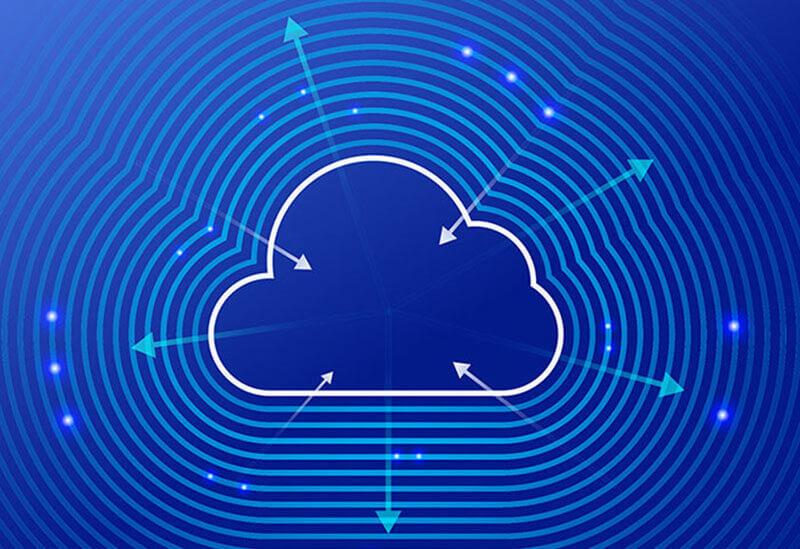What is the JPEG format?
The JPEG format is ubiquitous in the digital world. Whether sharing photos online, posting images on a website, or archiving precious memories, this image format has become an essential reference. Why is the JPEG so widely adopted, and what are its strengths and limitations? Find out why this format is still a popular choice for users and web professionals.

Setting a JPEG Format
The JPEG format, an acronym for Joint Photographic Experts Group, is a type of image file that uses a lossy compression technique. Created in the early 1990s, it was designed to reduce file size while maintaining acceptable visual quality. This compression works by removing some data from the image, which greatly reduces the amount of storage space required. If some visual quality is sacrificed, this makes the JPEG especially well-suited for uses where file size is crucial, such as viewing on the web or sending images by email. The JPEG format has thus become a standard for digital photos and images intended for various applications.
- What is the difference between JPG and JPEG?
In reality, there is no difference between these two terms. Both refer to the same image format. Historically, JPG has been a variant of the JPEG name. In early versions of Windows, file extensions were limited to three characters, so “JPEG” has been abbreviated to “JPG”. On newer systems, such as macOS or modern versions of Windows, files can have either extension without any functional difference.
- JPEG 2000: an evolution of JPEG
JPEG 2000 is an improved version of the JPEG format, developed to provide better image quality and more efficient compression. Unlike traditional JPEG, JPEG 2000 uses lossless compression, which means the image can be compressed without any degradation in quality. However, despite its advantages, JPEG 2000 was unable to replace the standard JPEG. Reasons include limited compatibility with existing software and slower adoption by developers and users.
How to use the JPEG format
The JPEG format is very versatile, but to get the most out of it, it is essential to understand when and how to use it. The JPEG is ideal for complex photos and images with many color gradients. However, for images that require transparency or maximum lossless quality, formats such as PNG or TIFF are preferable. Also, for images intended for printing, it is important to check the resolution of the image. JPEG can compress files significantly, but sometimes this can be done at the expense of the detail required for high-quality printing. In this case, it might be a good idea to use an uncompressed format, such as TIFF, or to work with a high-resolution version of the JPEG, such as JPEG 2000.
In addition to quality and resolution considerations, it is also vital to consider the management of information associated with JPEG files, especially in business contexts or on websites. This makes metadata such as author, creation date, and copyright management possible when using JPEG images. This is where XML (eXtensible Markup Language) comes in. XML is frequently used to structure and transport this metadata, which facilitates better organization and easier integration of images into content management systems or databases.
Advantages and disadvantages of JPEG format
One of the main advantages of JPEG format is its ability to significantly reduce the size of image files, making it ideal for mass image storage, fast sending of photos over the internet, and fast viewing on websites. Due to its wide compatibility, JPEG format is supported by almost all image viewing software, digital cameras and online platforms. In addition, JPEG compression is adaptable, allowing the level of compression to be adjusted to specific file-size and quality requirements, providing the best balance between the two.
However, JPEG compression also has significant drawbacks. The main one is loss of quality due to lossy compression, which can be especially visible in images with subtle color gradients or fine details. Each time a JPEG file is re-saved after modification, a new compression is applied, causing progressive degradation of the image. Also, JPEG does not support transparency, so it is limited for certain types of graphics. Finally, it is not well-suited to images with sharp text or lines, where compression can cause unwanted blurring and distortion.
Comparison with other image formats
There are several other popular image formats, each with their own specificities and usages.
Portable Network Graphics (PNG):
Unlike JPEG, PNG uses lossless compression, which means that the image quality remains intact after compression. PNG is ideal for images that require transparency, such as logos or graphics. However, PNG files are usually larger than JPEG files.
RAW:
The RAW format is used by digital cameras to capture images with minimal internal processing. The RAW files contain all the raw data captured by the sensor, which allows maximum flexibility in post-processing, but requires specialized software for editing.
Graphics Interchange Format (GIF):
GIF is another commonly used format, mainly for animated images. It uses a limited color palette of 256 colors, making it less suitable for photos, but ideal for simple graphics with wide color flattens.
Portable Document Format (PDF):
Although primarily used for documents, the PDF can also contain images. It is often used for brochures, posters, or other documents that require a fixed format.
Tagged Image File Format (TIFF):
The TIFF format is often used for high-quality image storage, especially in photography and printing applications. It supports both lossless compression and lossy compression, but TIFF files are often much larger than JPEGs.
SVG (Scalable Vector Graphics):
The SVG format is used for vector graphics, which allows you to resize without losing quality. This format is ideal for logos, icons, and other web graphics.
Optimize your images and data with OVHcloud solutions
At OVHcloud, we understand the importance of effectively managing your images and data. Ideal for building and managing websites , our solutions are designed to meet your specific storage, collaboration, and digital content management needs.

Cloud Storage
Get a flexible, secure storage solution to host all your images and files, no matter how large they are. Our Public Cloud Storage solution offers high availability and optimized performance for storing, sharing and managing your files with total peace of mind.

Web hosting
Optimize the speed and performance of your website with our web hosting plan. Ideal for hosting your JPEG images and other multimedia content, our web hosting solution ensures maximum availability and reduced load times, for a smooth, fast user experience.